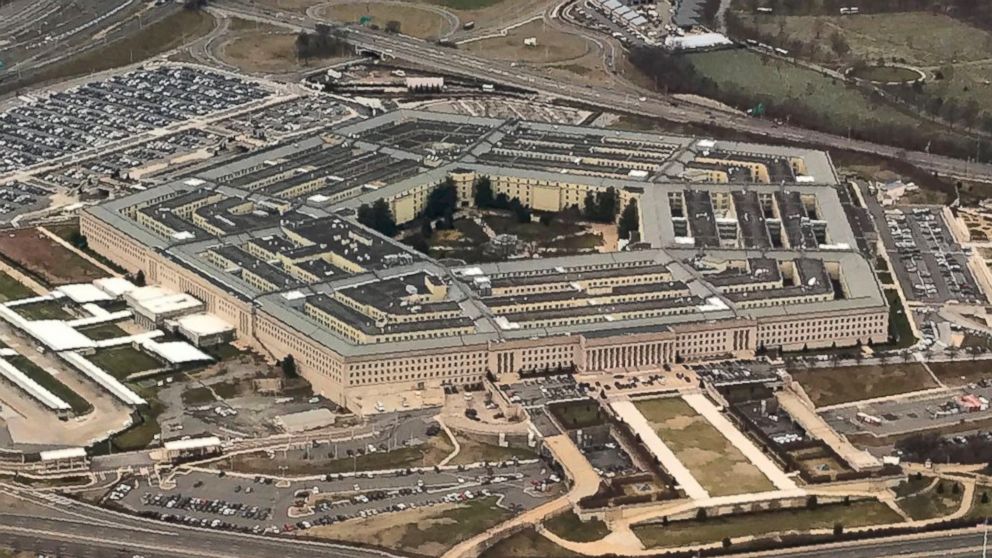Military sexual assaults down, reporting of incidents up, survey finds
— -- The Pentagon's latest survey of sexual assault in the military estimates that the number of sexual assaults decreased to 14,900 in 2016, down from the 20,300 measured in the last survey conducted in 2014. Meanwhile, the number of sexual assaults reported by victims in 2016 rose slightly to 6,172, an increase that Pentagon officials said indicated greater awareness of the care and responses available to victims.
“Overall, this year's report shows indications of progress,” Dr. Elizabeth Van Winkle, the acting assistant Secretary of Defense for Readiness, said at a Pentagon news conference to release the report.
She later added, "We don't confuse progress with success."
"We must eliminate sexual assault in the military,” said Secretary of Defense Jim Mattis in a statement. “Our department cannot tolerate actions that weaken unit cohesion, leadership, or training -- the ingredients of combat effectiveness. The increased reporting and decreased prevalence captured in this report reflect higher confidence among our troops in our programs and policies.
"Every policy and every decision must keep faith with our people and ensure our military is ready to fight," continued Mattis. "This starts with treating all hands with respect and setting an atmosphere of trust that builds combat readiness. I will not tolerate conduct prejudicial to our values"
Every two years, a Pentagon survey estimates the "prevalence” or rate of sexual assault, which is defined as rape, sexual assault, forcible sodomy, aggravated sexual contact, abusive sexual contact and attempts to commit those offenses.
The survey estimated there were 14,900 sexual assaults in 2016, the lowest recorded by the survey since it was first conducted in 2006. The survey estimated 26,000 sexual assaults in 2012 and 20,300 in 2014.
According to the numbers released Monday, the number of victims reporting sexual assaults rose to a record high of 6,172 in 2016, up 1.5 percent from 6,083 in 2015.
“We see the increase in rates of reporting as an indicator of a continued trust in our response and support systems,” said Van Winkle.
About 9 percent of the reports were from service members who reported an incident that occurred prior to their military service.
The new numbers show one in three victims of sexual assault stepping forward to report an assault. That's an increase from the one in four who did so in 2014 and a significant increase from 2012 when only one in 10 sexual assault victims reported an assault.
But more than half of service members who reported sexual assaults said they perceived negative experiences or retaliation associated with their report.
The survey found "58 percent of active duty service members (58 percent of women and 60 percent of men) indicated experiencing a negative outcome they perceived as professional reprisal, ostracism, and/or maltreatment after reporting sexual assault." Those numbers "roughly the same as measured by surveys in 2012 and 2014."
Of the 14,900 incidents in 2016, 8,600 were reported by women and 6,300 were reported by men, the first time that more women than men reported that they had experienced unwanted sexual contact.
"While women are at higher risk for sexual assault, male service members traditionally account for the majority of the survey-estimated victims of sexual assault because the department is mostly comprised of men," states the report.




